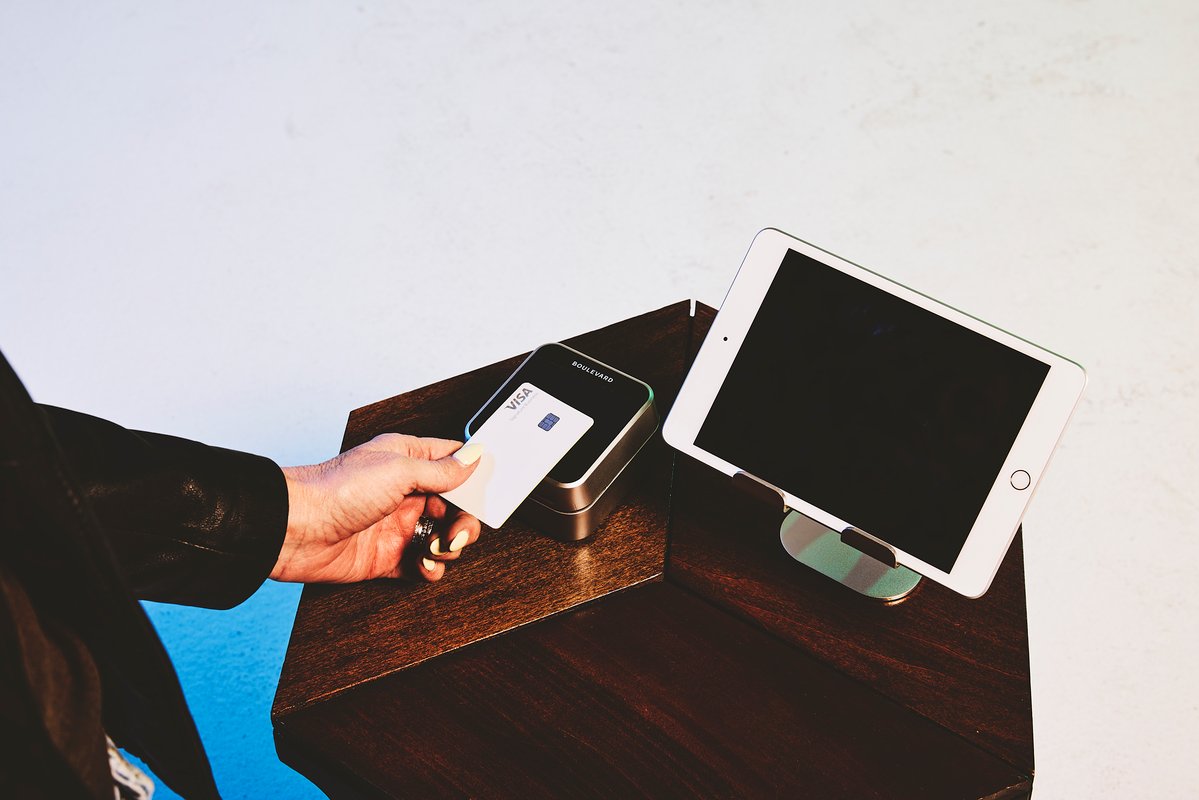Blog • Best Practice
What Is a Chargeback and How Does it Impact My Self-Care Business?

By Shanalie Wijesinghe . Jul.23.2025
Share Article
You can prevent costly chargebacks by laying out clear policies, managing client expectations, and documenting everything
In a perfect world, each client at your self-care business would be 100% satisfied after every appointment. In the real world, though, some people are going to walk away unhappy. By itself, this isn’t a huge problem. In fact, making and correcting mistakes can build trust with clients. But in some cases, clients will try to get a chargeback rather than talking to you directly. What is a chargeback? It’s when a credit card provider cancels a transaction and removes the money from your account, sometimes with a costly extra fee on top.
The occasional chargeback is just the cost of doing business. But frequent chargebacks can eat into your revenue, give your business a negative reputation, and even cause problems with your payment processing. Learn how you can minimize chargebacks at your self-care business, both by setting clear expectations for legitimate clients and keeping an eye out for fraudsters.
What is a chargeback?
If a client asks you for their money back directly and you give it to them, that’s a refund. If they get a bank or credit card company to act as a middleman, that’s a chargeback.
Let’s start with an easy example. Suppose a client comes in for a haircut, pays with a credit card, and leaves in a good mood. After a few days, though, they’re not happy with how their hair looks. They’re so unhappy, in fact, that they want their money back. They call their credit card company and ask to cancel the charge.
At that point, the credit card provider starts an investigation. They get in touch with your business and ask you about your general policies and your specific interaction with this client. You answer their questions and provide the necessary paperwork.
If the credit card company thinks you’re in the right, you keep the money, although you can probably expect a negative online review from the client. If the company thinks the client is in the right, they’ll remove the money from your account, possibly with a hefty chargeback fee on top. What is a chargeback fee? It’s what it sounds like — an extra penalty that you pay for the credit card company’s time and effort.
Chargebacks can be particularly tough for self-care businesses. A haircut or a massage isn’t like a pair of jeans. Once you’ve provided a service, you can’t get that time or effort back. If your business eats the cost, you lose revenue and profits. If you ask a staff member to give back the money they’ve already earned, you lose trust and reputation.
When a client asks for a chargeback, you’re likely dealing with one of three situations:
Misunderstanding: Your business probably has strict payment policies, such as paying for yearly memberships up front or charging the full amount for no-shows. If your client didn’t read or understand these policies, they may see a chargeback as the only way to recover their money.
Dissatisfaction: If a client doesn’t like the way they look or feel after an appointment, they may feel as though you didn’t hold up your end of the bargain. If they can’t get a refund from your business, they’ll often go for a chargeback instead.
Fraud: Some clients use chargebacks to defraud businesses, plain and simple. Chargebacks require almost no effort on the client’s part. There’s also no real penalty if they fail, particularly if they didn’t plan to come back to your business in the first place. Fraud may account for almost half of all chargebacks.
How to prevent chargebacks
Now that we’ve answered “what is a chargeback,” we can discuss techniques for preventing one.
Have clear, concise policies
Except in cases of fraud, chargebacks tend to occur when clients believe a business has wronged them in some way. That’s less likely to happen if you lay out everyone’s rights and responsibilities in advance. What happens if a client needs to cancel a session? How much advance warning do they need? Do they get their money back, receive store credit, or have to reschedule? This information must be available in writing before a client ever books their first appointment.
You’ll also want to make everything easy to find and easy to read. A clearly marked, plain-English “Policies” section on your website is good for both prospective clients and credit card company investigators. A 100-page “Terms of Service” written entirely in tiny-font Legalese is not.
Manage expectations
Sometimes, chargebacks are a simple case of miscommunication. Imagine a client who books a hair color appointment to go from dark brown to light blond. That process requires multiple sessions. If they don’t know that up front, they might think that something has gone wrong and want their money back ASAP. Whenever a client books a service they haven’t used before, it’s your responsibility to manage their expectations. Explain to them exactly what the treatment will do and how long it will take.
Clients should also know what their options are if they don’t like the results they end up with. Maybe you offer touch-ups within a week of a haircut or a nail treatment, for example. If a client knows that you stand behind your work, they may come to you instead of their credit card provider.
Check IDs and credit cards
Not every client asks for chargebacks in good faith. Some of them just see an easy way to take advantage of you and your staff. If you and your staff can spot fraudsters and deny them service right away, you can save yourself from annoying chargebacks later on.
To fight fraud, take a page out of the hotel industry’s book. Whenever a new client sets up an appointment with you, ask for their ID and credit card as soon as they come in. If the names don’t match, that’s an automatic red flag.
Document everything
Just because a client requests a chargeback doesn’t mean they’ll automatically receive one. Credit card companies investigate every incident, which means you’ll get a chance to tell your side of the story. That means your best defense is to document everything — your policies, your client records, and especially your communications. If you can demonstrate that a client knew exactly what you were offering and agreed to pay for it, your case will be that much stronger.
This is where a comprehensive self-care management platform can be a lifesaver. Look for a software suite that keeps track of your client profiles, membership programs, appointment schedules, text messages, emails, and payment processing, all in one place. A good customer service team can also help walk you through the chargeback process and give you valuable advice on how to win disputes.
Chargebacks can be a potentially tricky situation for self-care businesses, but you can take several steps to keep the situation under control. Lay out clear policies for your clients, watch for signs of fraud, and keep detailed records. That way, you can keep the money you’ve already earned and focus on the next round of clients.
Sign up for weekly blog updates.
